Moving to Canada as a newcomer is exciting, but navigating the process of getting a driver’s license can feel overwhelming. Each province and territory in Canada has its own rules, requirements, and processes for obtaining a driver’s license. This guide breaks down the steps to get a driver’s license as a newcomer in Canada’s most populous provinces: Ontario, British Columbia, Quebec, and Alberta, while also touching on general trends across other regions. By understanding the process, you’ll be ready to hit the road confidently and legally.
General Overview of Getting a Driver’s License in Canada
Before diving into province-specific details, let’s cover some basics. Canada’s driver’s licensing system often follows a graduated licensing system, meaning you progress through stages (learner, intermediate, and full license) to build driving skills safely. As a newcomer, your previous driving experience may be recognized, but this varies by province. You’ll typically need to:
- Verify eligibility: Be a resident of the province, meet the minimum age (usually 19 for a learner’s permit), and provide identification.
- Provide documentation: This includes proof of identity, residency, and possibly your foreign driver’s license.
- Pass tests: These may include a written knowledge test, a road test, and a vision test.
- Pay fees: Fees for tests, licenses, and other services vary by province.
If you have a driver’s license from another country, some provinces allow you to exchange it for a Canadian one without starting from scratch, especially if your country has a reciprocal agreement with Canada (e.g., the U.S., U.K., Australia, or certain European countries). Always check with the province’s licensing authority for specifics.
Ontario: Step-by-Step Process
Ontario uses a graduated licensing system with three levels: G1 (learner), G2 (probationary), and G (full license). Here’s how newcomers can navigate the process:
- Check if your license is exchangeable: If you’re from a country with a reciprocal agreement (e.g., the U.S., Germany, or Japan), you may be able to exchange your license for a G license without taking all tests. You’ll need to provide your foreign license, proof of driving experience (usually two years), and identification at a DriveTest Centre. If your country isn’t on the list, you’ll start with a G1.
- Apply for a G1 license: Visit a DriveTest Centre with documents like your passport, proof of Ontario residency (e.g., a lease agreement), and your foreign license (if applicable). You’ll take a vision test and a written knowledge test on Ontario’s road rules and signs. The G1 fee is around $159.75 (including the knowledge and road tests).
- Practice and progress: With a G1, you can practice driving under restrictions (e.g., no driving alone, no highways). After 12 months (or 8 with a driving course), you can take the G2 road test. After another year, you can take the G road test for a full license.
- Tips for newcomers: Ontario’s roads can be busy, especially in Toronto. Consider taking a driving course to learn local rules and boost confidence. If your foreign license isn’t recognized, getting a letter from your home country’s licensing authority proving your experience can help reduce wait times.
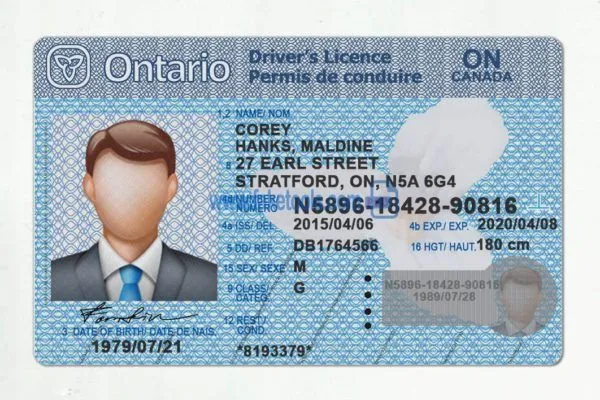
British Columbia: A Streamlined Approach
British Columbia (BC) also uses a graduated system: Learner’s (L), Novice (N), and Class 5 (full license). BC is known for its straightforward process for newcomers with prior driving experience.
- Exchange your foreign license: If you’re from a reciprocal country (e.g., the U.S., U.K., or South Korea), visit an ICBC (Insurance Corporation of British Columbia) Driver Licensing Office with your foreign license, proof of identity, and proof of BC residency. You may need to pass a vision test and possibly a road test for a Class 5 license. The exchange fee is about $75.
- Starting as a learner: If your license isn’t exchangeable, apply for an L license. You’ll need to pass a knowledge test ($15) and a vision test. Bring identification and proof of residency. The L license has restrictions like displaying an “L” sign and driving with a supervisor.
- Move to Novice and full license: After 12 months with an L, you can take the Class 7 road test for an N license ($35). After two years with an N, you can take the Class 5 road test ($50). Driving schools can help you prepare, especially for BC’s diverse terrain (think mountains and coastal roads).
- Tips for newcomers: BC’s weather varies greatly, so practice driving in rain or snow if you’re new to it. ICBC’s website offers free practice tests for the knowledge exam.
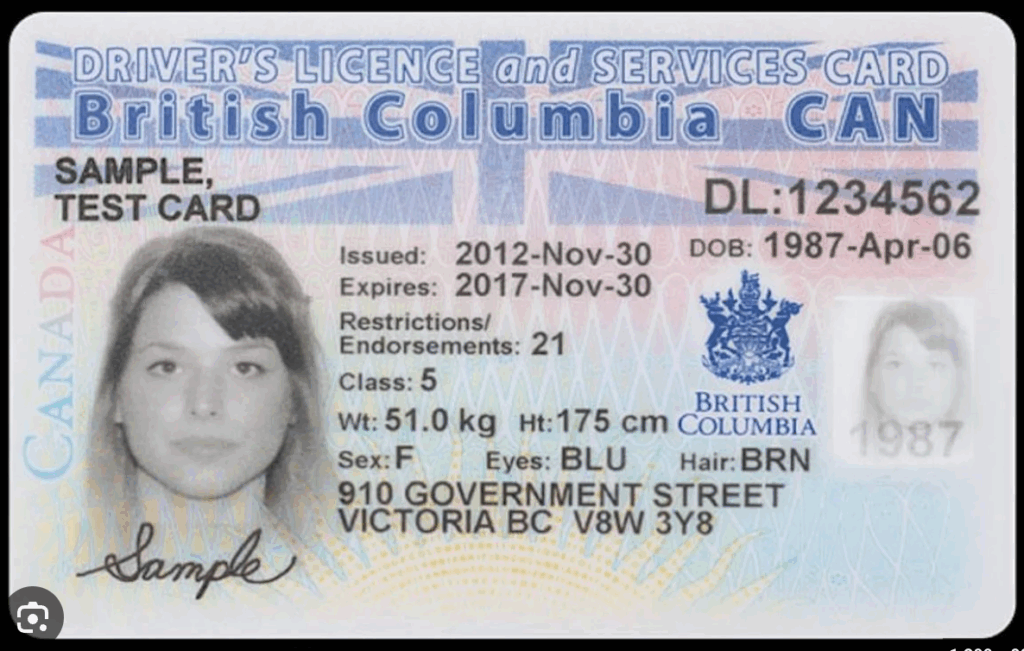
Quebec: A Unique System
Quebec’s licensing system, managed by the SAAQ (Société de l’assurance automobile du Québec), is slightly different. It emphasizes driver training and has specific rules for newcomers.
- License exchange: If you’re from a country with an agreement (e.g., France, Belgium, or Japan), you can exchange your license for a Quebec Class 5 license without tests, provided you have at least two years of experience. Bring your foreign license, proof of identity, and a Quebec address to an SAAQ service centre. The fee is around $40–$60, depending on the license duration.
- Starting from scratch: If your license isn’t recognized, you’ll need a learner’s permit. You must complete a mandatory driving course at an accredited driving school (costing $800–$1,200). Then, pass a knowledge test ($12) and vision test at the SAAQ. After 12 months of practice (with a supervisor), you can take the road test ($30).
- Probationary and full license: After passing the road test, you get a probationary license for 24 months, with restrictions like no alcohol consumption while driving. After this, you automatically qualify for a full Class 5 license.
- Tips for newcomers: Quebec’s driving courses are mandatory for new drivers, so budget for them. Also, be prepared for French-language tests and signage, though English options are available in some areas.
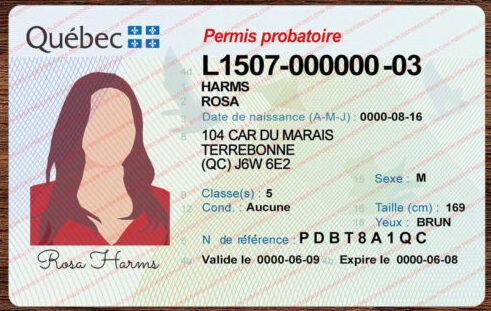
Alberta: Flexible for Experienced Drivers
Alberta’s system, overseen by Alberta Transportation, is welcoming for newcomers with driving experience. It uses a graduated system: Class 7 (learner), Class 5-GDL (probationary), and Class 5 (full).
- Exchange your license: If you’re from a reciprocal country (e.g., the U.S., Australia, or the U.K.), you can exchange your license for a Class 5 license. Visit a registry agent with your foreign license, proof of identity, and Alberta residency. You may need a vision test and possibly a road test. The fee is about $90.
- Apply for a Class 7 license: If your license isn’t exchangeable, start with a Class 7 learner’s permit. Bring identification and pass a knowledge test ($17) and vision test. The learner’s permit requires a supervisor and has restrictions like no nighttime driving.
- Progress to Class 5: After 12 months, take the Class 5-GDL road test ($83). After two years, you can take the advanced road test for a full Class 5 license. Driving schools can help, especially for Alberta’s rural and icy roads.
- Tips for newcomers: Alberta’s winters are harsh, so practice winter driving. Registry agents handle licensing, not government offices, so find a local one.
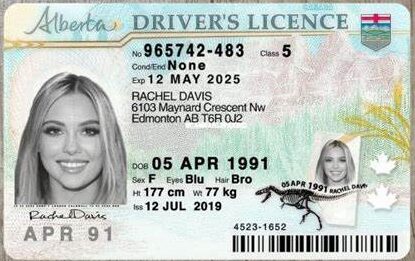
Other Provinces and Territories
While the above provinces cover most newcomers, here’s a quick look at others:
- Manitoba and Saskatchewan: Both have graduated systems and allow license exchanges from reciprocal countries. Manitoba’s process is similar to Alberta’s, while Saskatchewan requires a road test for some exchanges.
- Atlantic Provinces (Nova Scotia, New Brunswick, PEI, Newfoundland): These provinces have simpler systems, often allowing exchanges with minimal testing. Nova Scotia, for example, requires only a vision test for U.S. licenses.
- Territories (Yukon, Northwest Territories, Nunavut): Licensing is less complex due to smaller populations, but winter driving skills are critical.
Final Tips for Newcomers
- Prepare documentation: Always carry your passport, permanent resident card, or work/study permit, plus proof of address.
- Learn local rules: Canada’s road signs and rules may differ from your home country. Study the provincial driver’s handbook (available online or at licensing offices).
- Budget for costs: Fees, driving courses, and tests add up. Plan for $200–$1,500, depending on the province and your experience.
- Practice patience: The graduated system takes time, but it ensures you’re ready for Canada’s diverse driving conditions.
Getting a driver’s license in Canada as a newcomer is a manageable process with the right preparation. Check your province’s licensing website (e.g., DriveTest, ICBC, SAAQ, or Alberta Transportation) for detailed requirements, and don’t hesitate to contact them for clarification. Soon, you’ll be exploring Canada’s beautiful roads with confidence!
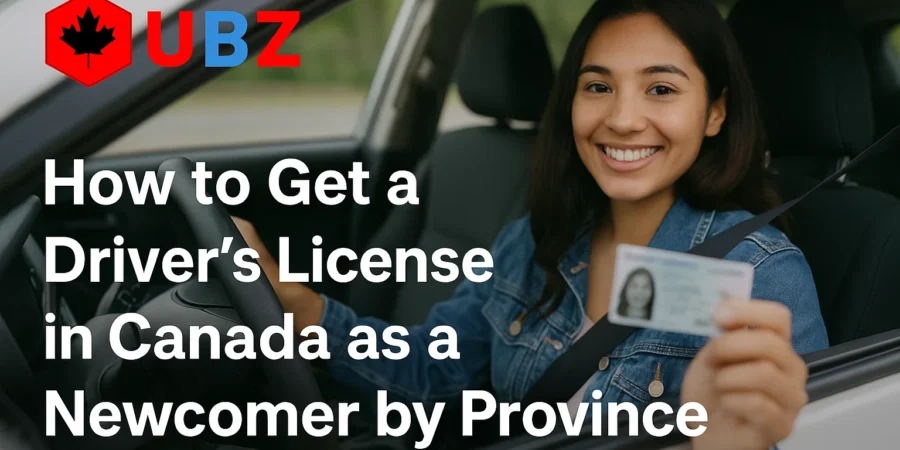



Leave a Reply